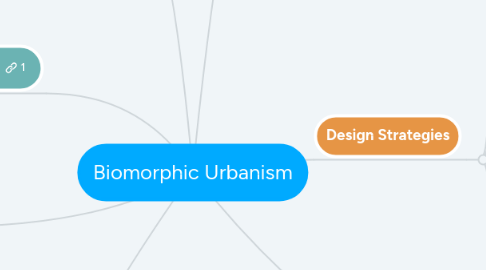
1. Anthropogenic
1.1. Human
1.2. Buildings
1.3. Infrastructure
1.3.1. Riverfront Park
1.3.2. Padang Ipoh
1.3.3. Homeless Public Sheltered
1.4. Culture
1.4.1. History of concubine lane
1.4.1.1. Hale Street
1.4.1.2. Second Concubine Lane
1.4.1.3. Jalan Market
2. Definition
2.1. Deep biological need for physical connection to the natural world
2.1.1. Connected
2.1.2. Adaptive
2.1.3. Resilient
3. Design Approaches
3.1. Activities
3.1.1. Cultural heritage integrations
3.1.2. Appreciation of nature
3.2. Engaging public realm
3.2.1. Active streets
3.3. Pedestrian oriented walkway and trails
3.4. Ecological corridors
4. Principles
4.1. Social interations
4.2. Restore natural systems
4.3. Densify urban districts
4.4. Diversify land uses
4.5. Connect communities
5. Functional Sculpture
6. Ecological
6.1. Shape city based on this
6.1.1. Topography
6.1.2. Vegetation
6.1.2.1. Along Kinta River
6.1.2.1.1. Prevent Soil Erosion
6.1.2.2. Walkway
6.1.2.2.1. Thermal comfort
6.1.2.3. Functional Sculpture
6.1.2.3.1. Green sculpture
6.1.2.3.2. Seating
6.1.2.3.3. Lighting
6.1.3. Water
6.1.3.1. Kinta River
7. Design Strategies
7.1. Urban Farming
7.1.1. Edible plants
7.1.2. Parklets
7.1.2.1. Encourage people to walk
7.1.3. Public market
7.1.3.1. Grow and harvest
7.1.3.2. Selling local products
7.1.3.3. Preserve life of livings
7.1.4. Ecological corridors
7.2. Adaptive Reuse
7.2.1. Pocket garden
7.2.2. Heritage walk
7.3. Urban Rewilding
7.3.1. Promote social interactions and walkability
7.3.1.1. Bicycle friendly streets
7.3.1.1.1. Less pavement
7.3.1.1.2. More spaces
7.3.2. Engage public realm
7.3.2.1. Cultural Hub
7.3.2.1.1. Mixed-use environment
7.3.3. Engages five senses
7.3.3.1. Sight
7.3.3.1.1. Native street trees
7.3.3.2. Smell
7.3.3.3. Touch
7.3.3.4. Hearing
7.3.3.5. Taste
